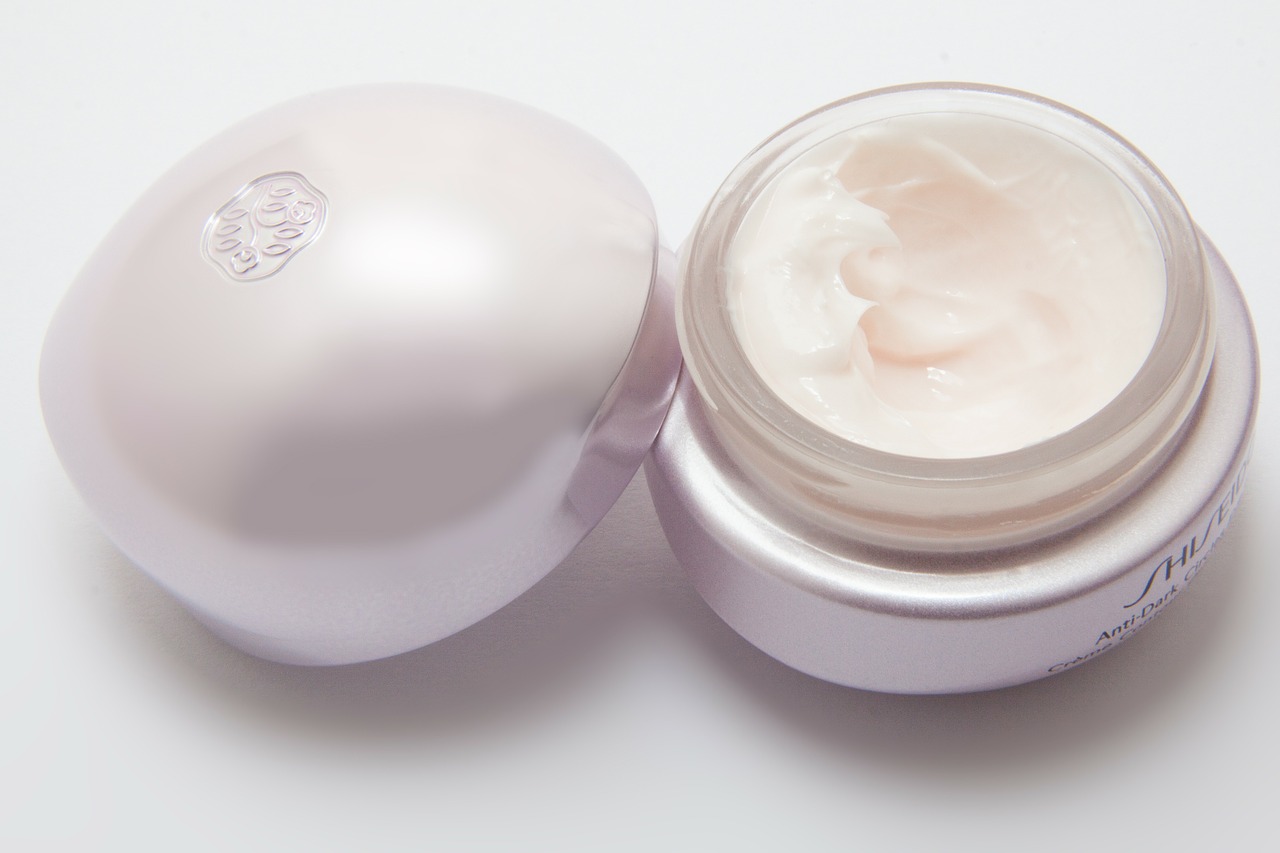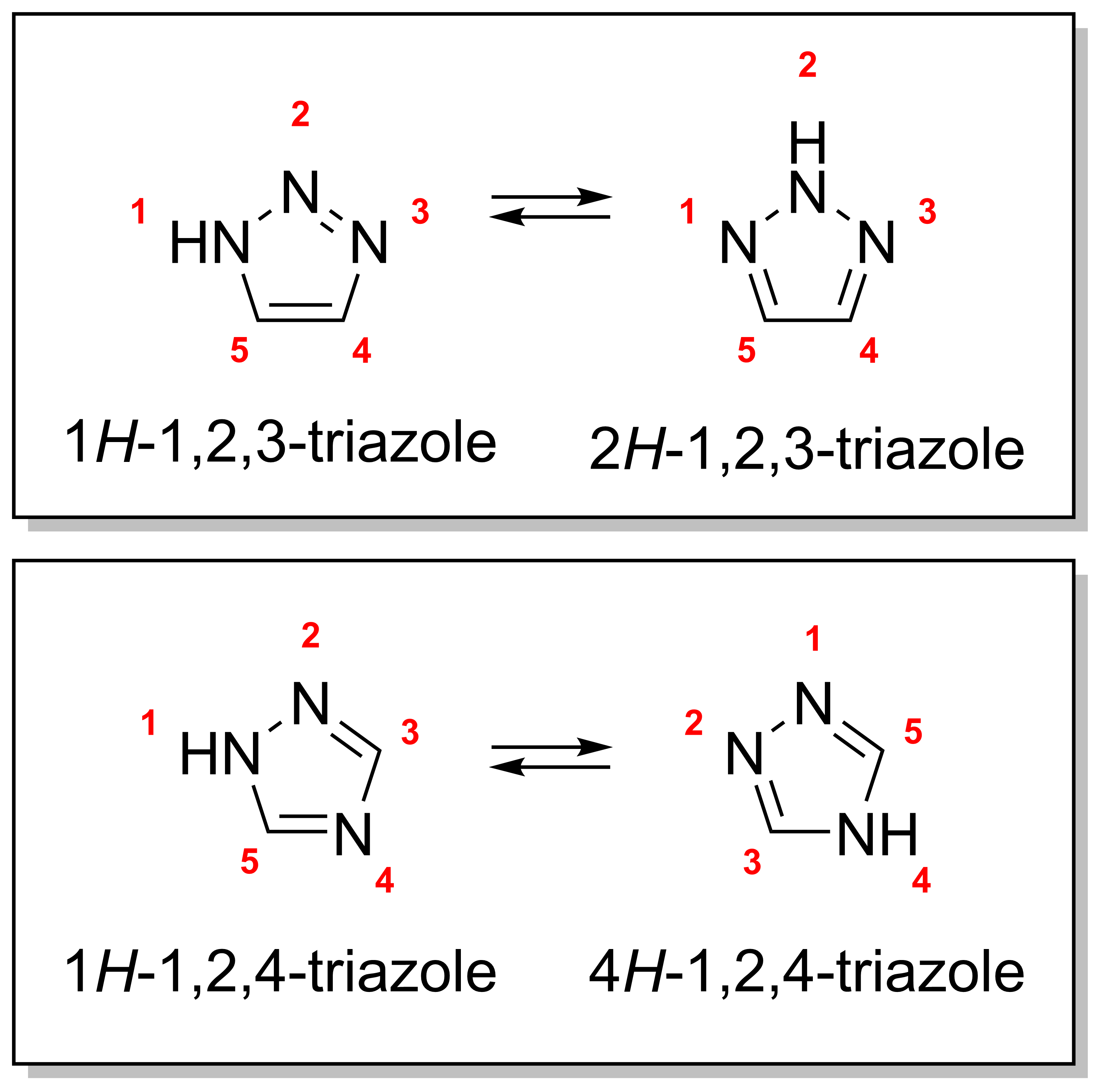|
Abafungin
Abafungin (INN) is a broad-spectrum antifungal agent with a novel mechanism of action for the treatment of dermatomycoses. Abasol is a topical cream formulation of abafungin by York Pharma. History Abafungin was first synthesized at Bayer AG, Leverkusen, Germany. A study of H2-antagonists related to famotidine, resulted in the discovery of its antifungal properties. Its development seems to have been discontinued in 2009. Mechanism of action Unlike imidazole- and triazole A triazole is a heterocyclic compound featuring a five-membered ring of two carbon atoms and three nitrogen atoms with molecular formula C2H3N3. Triazoles exhibit substantial isomerism, depending on the positioning of the nitrogen atoms within t ...-class antifungals, abafungin directly impairs the fungal cell membrane. In addition, abafungin inhibits the enzyme sterol 24-C-methyltransferase, modifying the composition of the fungal membrane. Abafungin has antibiotic activity against gram-positive ... [...More Info...] [...Related Items...] OR: [Wikipedia] [Google] [Baidu] |
Antifungal Agent
An antifungal medication, also known as an antimycotic medication, is a pharmaceutical fungicide or fungistatic used to treat and prevent mycosis such as athlete's foot, ringworm, candidiasis (thrush), serious systemic infections such as cryptococcal meningitis, and others. Such drugs are usually yes obtained by a doctor's prescription, but a few are available over the counter (OTC). Types of antifungal There are two types of antifungals: local and systemic. Local antifungals are usually administered topically or vaginally, depending on the condition being treated. Systemic antifungals are administered orally or intravenously. Of the clinically employed azole antifungals, only a handful are used systemically. These include ketoconazole, itraconazole, fluconazole, fosfluconazole, voriconazole, posaconazole, and isavuconazole. Examples of non-azole systemic antifungals include griseofulvin and terbinafine. Classes Polyenes A polyene is a molecule with multiple conjugated dou ... [...More Info...] [...Related Items...] OR: [Wikipedia] [Google] [Baidu] |
Antifungals
An antifungal medication, also known as an antimycotic medication, is a pharmaceutical fungicide or fungistatic used to treat and prevent mycosis such as athlete's foot, ringworm, candidiasis (thrush), serious systemic infections such as cryptococcal meningitis, and others. Such drugs are usually yes obtained by a doctor's prescription, but a few are available over the counter (OTC). Types of antifungal There are two types of antifungals: local and systemic. Local antifungals are usually administered topically or vaginally, depending on the condition being treated. Systemic antifungals are administered orally or intravenously. Of the clinically employed azole antifungals, only a handful are used systemically. These include ketoconazole, itraconazole, fluconazole, fosfluconazole, voriconazole, posaconazole, and isavuconazole. Examples of non-azole systemic antifungals include griseofulvin and terbinafine. Classes Polyenes A polyene is a molecule with multiple conjugated do ... [...More Info...] [...Related Items...] OR: [Wikipedia] [Google] [Baidu] |
Cream (pharmaceutical)
A cream is a preparation usually for application to the skin. Creams for application to mucous membranes such as those of the rectum or vagina are also used. Creams may be considered pharmaceutical products as even cosmetic creams are based on techniques developed by pharmacy and unmedicated creams are highly used in a variety of skin conditions (dermatoses). The use of the finger tip unit concept may be helpful in guiding how much topical cream is required to cover different areas. Creams are semi-solid emulsions of oil and water. They are divided into two types: oil-in-water (O/W) creams which are composed of small droplets of oil dispersed in a continuous water phase, and water-in-oil (W/O) creams which are composed of small droplets of water dispersed in a continuous oily phase. Oil-in-water creams are more comfortable and cosmetically acceptable as they are less greasy and more easily washed off using water. Water-in-oil creams are more difficult to handle but many drugs ... [...More Info...] [...Related Items...] OR: [Wikipedia] [Google] [Baidu] |
Triazole
A triazole is a heterocyclic compound featuring a five-membered ring of two carbon atoms and three nitrogen atoms with molecular formula C2H3N3. Triazoles exhibit substantial isomerism, depending on the positioning of the nitrogen atoms within the ring. Many triazoles are versatile, biologically active compounds commonly used as fungicides and plant retardants. However, triazoles are also useful in bioorthogonal chemistry, because the large number of nitrogen atoms causes triazoles to react similar to azides. Lastly, the many free lone pairs in triazoles make them useful as coordination compounds, although not typically as haptic ligands. Isomerism There are four triazole isomers, which are conventionally divided into two pairs of tautomers. In the 1,2,3-triazoles, the three nitrogen atoms are adjacent; in the 1,2,4-triazoles, an interstitial carbon separates out one nitrogen atom. Each category has two tautomers that differ by which nitrogen has a hydrogen bonded ... [...More Info...] [...Related Items...] OR: [Wikipedia] [Google] [Baidu] |
Thiazoles
Thiazole, or 1,3-thiazole, is a heterocyclic compound that contains both sulfur and nitrogen. The term 'thiazole' also refers to a large family of derivatives. Thiazole itself is a pale yellow liquid with a pyridine-like odor and the molecular formula C3H3NS. The thiazole ring is notable as a component of the vitamin thiamine (B1). Molecular and electronic structure Thiazoles are members of the azoles, heterocycles that include imidazoles and oxazoles. Thiazole can also be considered a functional group. Oxazoles are related compounds, with sulfur replaced by oxygen. Thiazoles are structurally similar to imidazoles, with the thiazole sulfur replaced by nitrogen. Thiazole rings are planar and aromatic. Thiazoles are characterized by larger pi-electron delocalization than the corresponding oxazoles and have therefore greater aromaticity. This aromaticity is evidenced by the chemical shift of the ring protons in proton NMR spectroscopy (between 7.27 and 8.77 ppm), clearly indicatin ... [...More Info...] [...Related Items...] OR: [Wikipedia] [Google] [Baidu] |
Spore
In biology, a spore is a unit of sexual or asexual reproduction that may be adapted for dispersal and for survival, often for extended periods of time, in unfavourable conditions. Spores form part of the life cycles of many plants, algae, fungi and protozoa. Bacterial spores are not part of a sexual cycle, but are resistant structures used for survival under unfavourable conditions. Myxozoan spores release amoeboid infectious germs ("amoebulae") into their hosts for parasitic infection, but also reproduce within the hosts through the pairing of two nuclei within the plasmodium, which develops from the amoebula. In plants, spores are usually haploid and unicellular and are produced by meiosis in the sporangium of a diploid sporophyte. Under favourable conditions the spore can develop into a new organism using mitotic division, producing a multicellular gametophyte, which eventually goes on to produce gametes. Two gametes fuse to form a zygote which develops into a new s ... [...More Info...] [...Related Items...] OR: [Wikipedia] [Google] [Baidu] |
Gram-positive Bacteria
In bacteriology, gram-positive bacteria are bacteria that give a positive result in the Gram stain test, which is traditionally used to quickly classify bacteria into two broad categories according to their type of cell wall. Gram-positive bacteria take up the crystal violet stain used in the test, and then appear to be purple-coloured when seen through an optical microscope. This is because the thick peptidoglycan layer in the bacterial cell wall retains the stain after it is washed away from the rest of the sample, in the decolorization stage of the test. Conversely, gram-negative bacteria cannot retain the violet stain after the decolorization step; alcohol used in this stage degrades the outer membrane of gram-negative cells, making the cell wall more porous and incapable of retaining the crystal violet stain. Their peptidoglycan layer is much thinner and sandwiched between an inner cell membrane and a bacterial outer membrane, causing them to take up the counterstain (sa ... [...More Info...] [...Related Items...] OR: [Wikipedia] [Google] [Baidu] |
Sterol 24-C-methyltransferase
In enzymology, a sterol 24-C-methyltransferase () is an enzyme that catalyzes the chemical reaction :S-adenosyl-L-methionine + 5alpha-cholesta-8,24-dien-3beta-ol \rightleftharpoons S-adenosyl-L-homocysteine + 24-methylene-5alpha-cholest-8-en-3beta-ol Thus, the two substrates of this enzyme are S-adenosyl methionine and 5alpha-cholesta-8,24-dien-3beta-ol, whereas its two products are S-adenosylhomocysteine and 24-methylene-5alpha-cholest-8-en-3beta-ol. This enzyme belongs to the family of transferases, specifically those transferring one-carbon group methyltransferases. The systematic name of this enzyme class is S-adenosyl-L-methionine:zymosterol 24-C-methyltransferase. Other names in common use include Delta24-methyltransferase, Delta24-sterol methyltransferase, zymosterol-24-methyltransferase, S-adenosyl-4-methionine:sterol Delta24-methyltransferase, SMT1, 24-sterol C-methyltransferase, S-adenosyl-L-methionine:Delta24(23)-sterol methyltransferase, and phytosterol methylt ... [...More Info...] [...Related Items...] OR: [Wikipedia] [Google] [Baidu] |
Famotidine
Famotidine, sold under the brand name Pepcid among others, is a histamine H2 receptor antagonist medication that decreases stomach acid production. It is used to treat peptic ulcer disease, gastroesophageal reflux disease, and Zollinger-Ellison syndrome. It is taken by mouth or by injection into a vein. It begins working within an hour. Common side effects include headache, intestinal upset, and dizziness. Serious side effects may include pneumonia and seizures. Use in pregnancy appears safe but has not been well studied while use during breastfeeding is not recommended. Famotidine was patented in 1979 and came into medical use in 1985. It is available as a generic medication. In 2020, it was the 66th most commonly prescribed medication in the United States, with more than 10million prescriptions. Medical uses * Relief of heartburn, acid indigestion, and sour stomach * Treatment for gastric and duodenal ulcers * Treatment for pathologic gastrointestinal hypersecretory c ... [...More Info...] [...Related Items...] OR: [Wikipedia] [Google] [Baidu] |
Imidazole
Imidazole (ImH) is an organic compound with the formula C3N2H4. It is a white or colourless solid that is soluble in water, producing a mildly alkaline solution. In chemistry, it is an aromatic heterocycle, classified as a diazole Diazole refers to either one of a pair of isomeric chemical compounds with molecular formula C3H4N2, having a five-membered ring consisting of three carbon atoms and two nitrogen atoms. [...More Info...] [...Related Items...] OR: [Wikipedia] [Google] [Baidu] |
H2 Antagonist
H2 antagonists, sometimes referred to as H2RAs and also called H2 blockers, are a class of pharmaceutical drug, medications that block the action of histamine at the histamine H2 receptor, histamine H2 receptors of the parietal cells in the stomach. This decreases the production of gastric acid, stomach acid. H2 antagonists can be used in the treatment of dyspepsia, peptic ulcers and gastroesophageal reflux disease. They have been surpassed by proton pump inhibitors (PPIs); the PPI omeprazole was found to be more effective at both healing and alleviating symptoms of ulcers and reflux oesophagitis than the H2 blockers ranitidine and cimetidine. H2 antagonists are a type of antihistamine, although in common use the term "antihistamine" is often reserved for H1 antagonist, H1 antagonists, which relieve Allergy, allergic reactions. Like the H1 antagonists, some H2 antagonists function as inverse agonists rather than receptor antagonists, due to the constitutive activity of these re ... [...More Info...] [...Related Items...] OR: [Wikipedia] [Google] [Baidu] |



